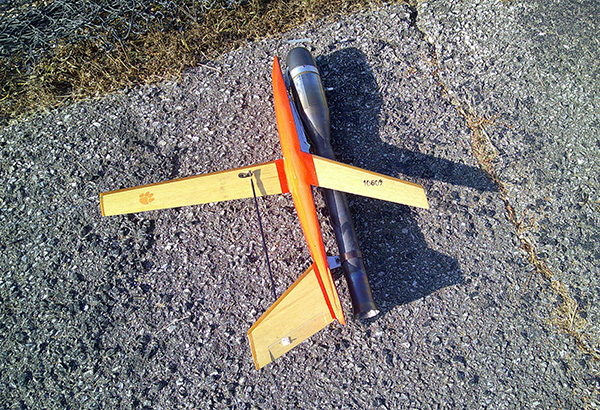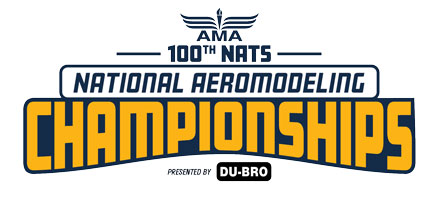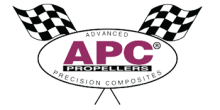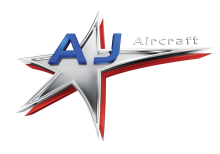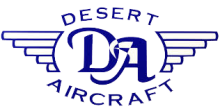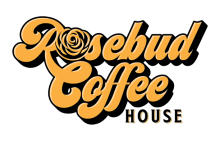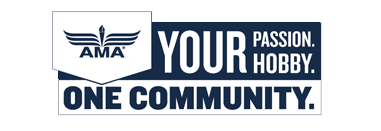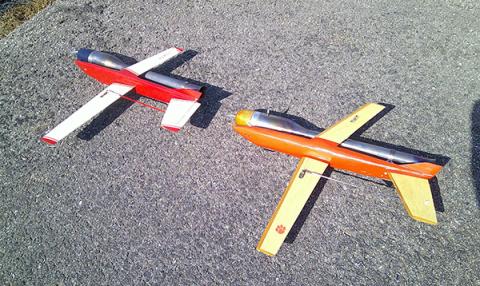
Two Fast Jet models waiting their turn on the circle.
By John Moll
This was our last day of Speed. We would usually fly three classes of Speed. But alas, two of the fliers were so worn out from the day before, they elected not to fly Class C Speed and Class D Speed. Three other competitors wanted to fly their Fast Jet models, and that was all the noise you could hear coming from Site 2.
The three Fast Jet entries all went over 180 mph! Each flight got faster for each flyer. In the final results, Jeff Gitchel grabbed first place with a flight of 184.11 mph! Patrick Hemple took second going 181.94 mph, Dave Rigotti came in third with a run of 180.48 mph. Congratulations to those three flyers. They really did put in a lot of effort to achieve those speeds.
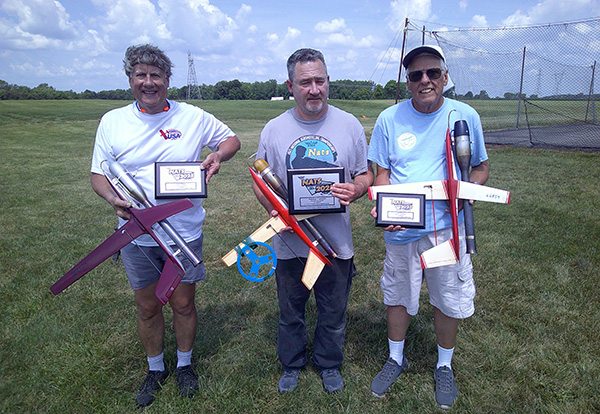
Since this was our final day of speed, the North American Speed Society (NASS) handed out three extra awards for the top competitors. The first of these awards is the National High Point Champion Award. This is given to the flyer who scored the most points for flying at least four AMA classes of Speed. They have to get points by winning either first, second or third place. Those points add up to a score that is calculated by their winning flights. Bill Hughes won with a perfect score of 400 points. He beat Glen Van Sant by just a ½ point! Congratulations Bill.
One of the other awards is the NASS National High Speed Championship Award. It is awarded to the flyer that had a flight closest to the AMA record for any speed class. Bill Hughes won this with his A Speed flight. He came within 95% of the record. Congratulations Bill.
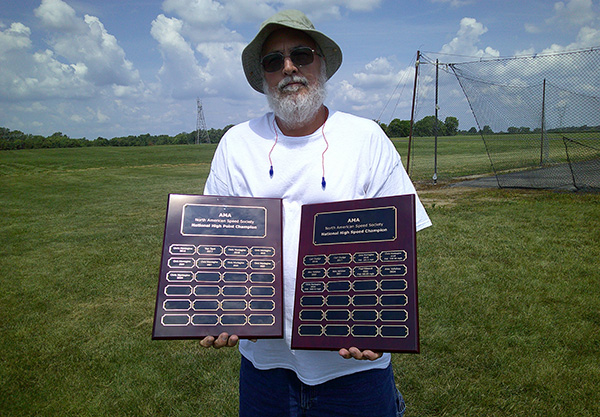
The other NASS award is the Doc Davis High Speed Jet Champion. This was awarded to Jeff Gitchel for his first place finish in Jet Speed of 184.11 mph. Congratulations Jeff.
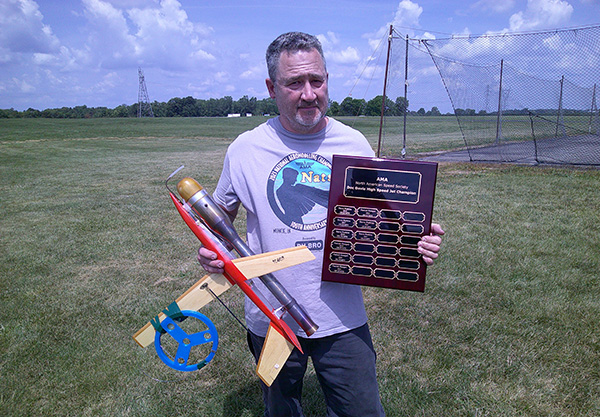
Throughout the week, all of the speed flights were timed with system known as a Transitrace Opto-Electronic Speed Timing System. This system was first used back in the year 2000. It has proved its worth, as it is the go-to system for timing all of the different classes of Speed. The system will give you a reading of each lap speed in your given flight. No longer do we have to have several extra people with stop watches timing flights, and then do a calculation to get the speed. Now, this can all be done by just one person. With this system, it will give instant results, as soon as the plane gets its final lap in the length of flight for each class.
We run two systems at the same time, sort of a backup to each other. For probably 99.9% of the time, the speeds of both are within .01 mph. This system was developed for F2A Speed flyers so they could see what their plane was doing with each lap of their speed run. This way, they were able to tune their motor to get the maximum power for their speed run. They can see if their plane is speeding up or slowing down thru each lap, or maintaining the same speed all thru the timed flight.
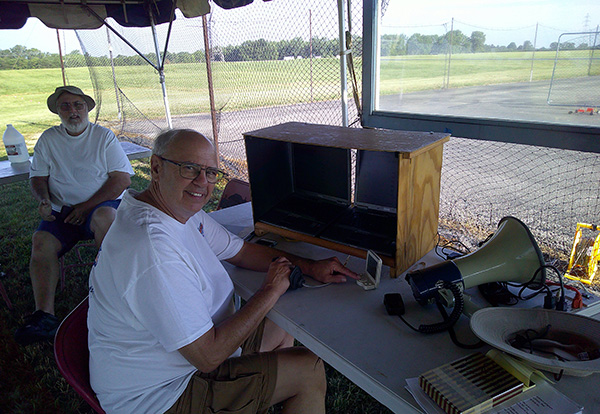
This system was developed by Goran Olsson of Stockholm, Sweden. He eventually made it to be able to time all of the 14 Speed classes we fly. What a great invention that we get to use.
A special note: There were several of our speed flyers who were not able attend this year due to health reasons. Chris Monagino was missed as he is battling cancer and wish him well. Joey Mathison, who is dealing with his health problems, was also missed. Sadly we had to say goodbye to Steve Perkins who passed away just days ago. We will keep you and all your families in our prayers. Condolences from your flying family.
Thank you for reading my columns through the week. I enjoyed bringing you the results from Control Line Speed. If you have an interest in speed, visit the NASS website. Goodbye for now.
